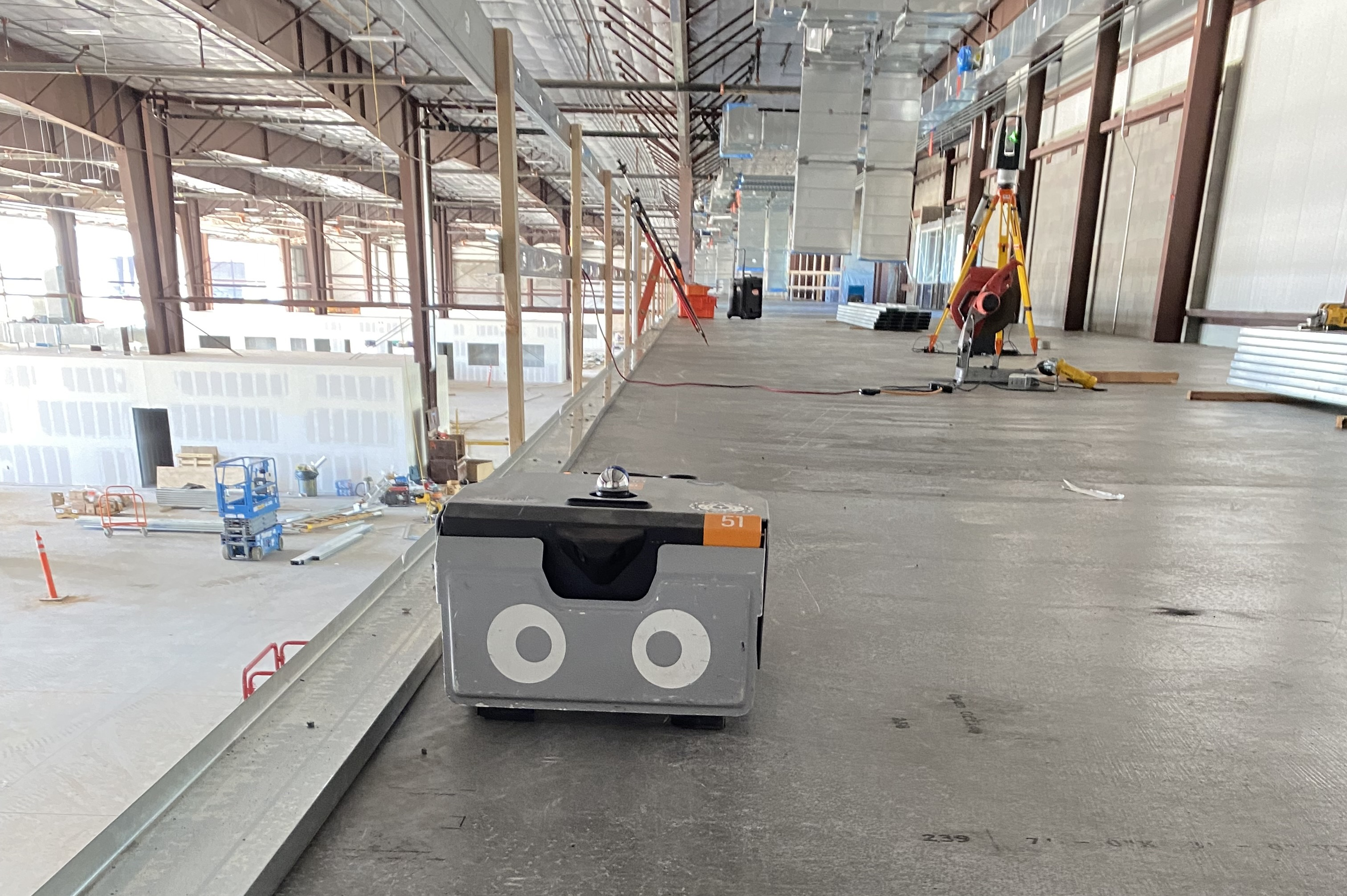Construction robots are transforming the building industry by automating repetitive, hazardous, and labour-intensive tasks. From layout and surveying to 3D-printed housing, these advanced machines improve safety, speed up projects, and reduce costs. As demand for smarter, more efficient building solutions grows, construction robots are set to become a standard on job sites worldwide
Table of Contents
Why Construction Is Automating Now
The construction industry has been notoriously slow to adopt automation compared to manufacturing, but cracks are showing. Labor shortages, safety pressures, and the need for faster, more predictable projects are accelerating investment in robotics. Globally, industrial robot installations have topped 500,000 units per year, with construction emerging as one of the next big frontiers.

Categories of Construction Robots
1. Layout & Surveying
What it does: Transfers BIM models to the physical site with precision.
Examples:
- Dusty Robotics FieldPrinter – prints layouts directly onto slabs.
- HP SitePrint – compact layout robot.
- CivRobotics CivDot – GPS staking for solar and infrastructure projects.

2. Reality Capture & Inspection
What it does: Performs repeat scans for progress, QA, and safety.
Examples:
- Boston Dynamics Spot – site inspection dog, often paired with Trimble scanners.
- Skydio Dock & DJI Dock 2 – drones for autonomous site monitoring.
3. Earthmoving & Foundations
What it does: Excavation, grading, and repetitive outdoor tasks.
Examples:
- Built Robotics – retrofit kits for excavators and autonomous solar pile drivers.
4. Rebar & Concrete
What it does: Places and ties rebar, prints or pours concrete.
Examples:
- TyBOT & IronBOT – rebar tying and bundle placing robots.
- ICON, COBOD, Apis Cor – 3D printing systems building houses, schools, and bridges.

5. Masonry & Wall Systems
What it does: Automates bricklaying, drywall finishing, and interior wall work.
Examples:
- FBR Hadrian X – large-scale bricklaying robot.
- SAM100 – semi-automated masonry.
- Canvas – drywall finishing.
- Okibo – plaster and painting robot.
6. MEP Drilling & Install
What it does: Automates repetitive ceiling drilling and layout.
Example:
- Hilti Jaibot – semi-autonomous ceiling drilling robot tied to BIM plans.

7. Demolition & Hazardous Tasks
What it does: Handles dangerous demolition in confined areas.
Example:
- Brokk – electric demolition robots with remote control and attachments.
8. Scaffolding & Site Logistics
What it does: Lifts and assembles scaffolding or materials.
Examples:
- KEWAZO LIFTBOT – robotic hoist for scaffold materials.
- PERI Genio – prototype scaffold assembly robot.
9. Painting & Facade Work
What it does: Applies paint and maintains facades.
Examples:
- PaintJet – autonomous exterior painting robot.
- Fraunhofer IFF Sirius – facade cleaning and inspection system.

10. Human Augmentation
What it does: Reduces fatigue and injury risk through exoskeletons.
Examples:
- Hilti EXO-01 – passive exoskeleton for overhead work.
- Skelex 360-XFR – industrial wearable assist.
What’s Already Disrupted
- Layout robots are replacing chalk lines and tape measures on commercial sites.
- Rebar tying systems like TyBOT are halving schedules for bridge decks.
- Overhead drilling robots reduce safety risks and speed up MEP prep.
- Demolition robots are standard in dangerous or confined work zones.
What’s Spreading Fast
- Autonomous drones for routine site monitoring.
- Drywall finishing and interior surface robots on large projects.
- Solar pile driving and trenching robots in renewable energy.
Emerging Trends
- 3D printed housing moving from pilots to mainstream neighborhoods.
- Robotic scaffold assembly shifting from prototype to real deployment.
- Exoskeletons moving from novelty to standard PPE on job sites.
Time Horizons
5 Years (~2030):
- Layout, drones, and rebar robots are standard on large projects.
- Solar and data-center sites regularly use autonomous excavation.
- Drywall finishing and painting robots on repeat builds.
10 Years (~2035):
- Multi-robot workflows (layout → drill → install → scan) are routine.
- 3D printed components for walls and facades become code-approved.
- Exoskeletons standard in skilled trades.
20 Years (~2045):
- Highly automated construction sites for housing, logistics, and solar.
- Human supervisors manage fleets of general-purpose field robots.
- BIM, scheduling, and robotics fully interoperable.
Case Study Capsules
- Singapore’s first 3D-printed house – 90% built by robotic printing.
- Wolf Ranch, Texas – 100-home 3D printed neighborhood by ICON.
- Florida bridge deck – TyBOT and IronBOT cut rebar schedule in half.
Outlook
Construction robots aren’t replacing all trades overnight — but repetitive, hazardous, and labor-heavy tasks are being automated first. Over the next two decades, expect a shift toward hybrid crews: humans in high-skill, low-strain roles, working alongside fleets of autonomous machines.




